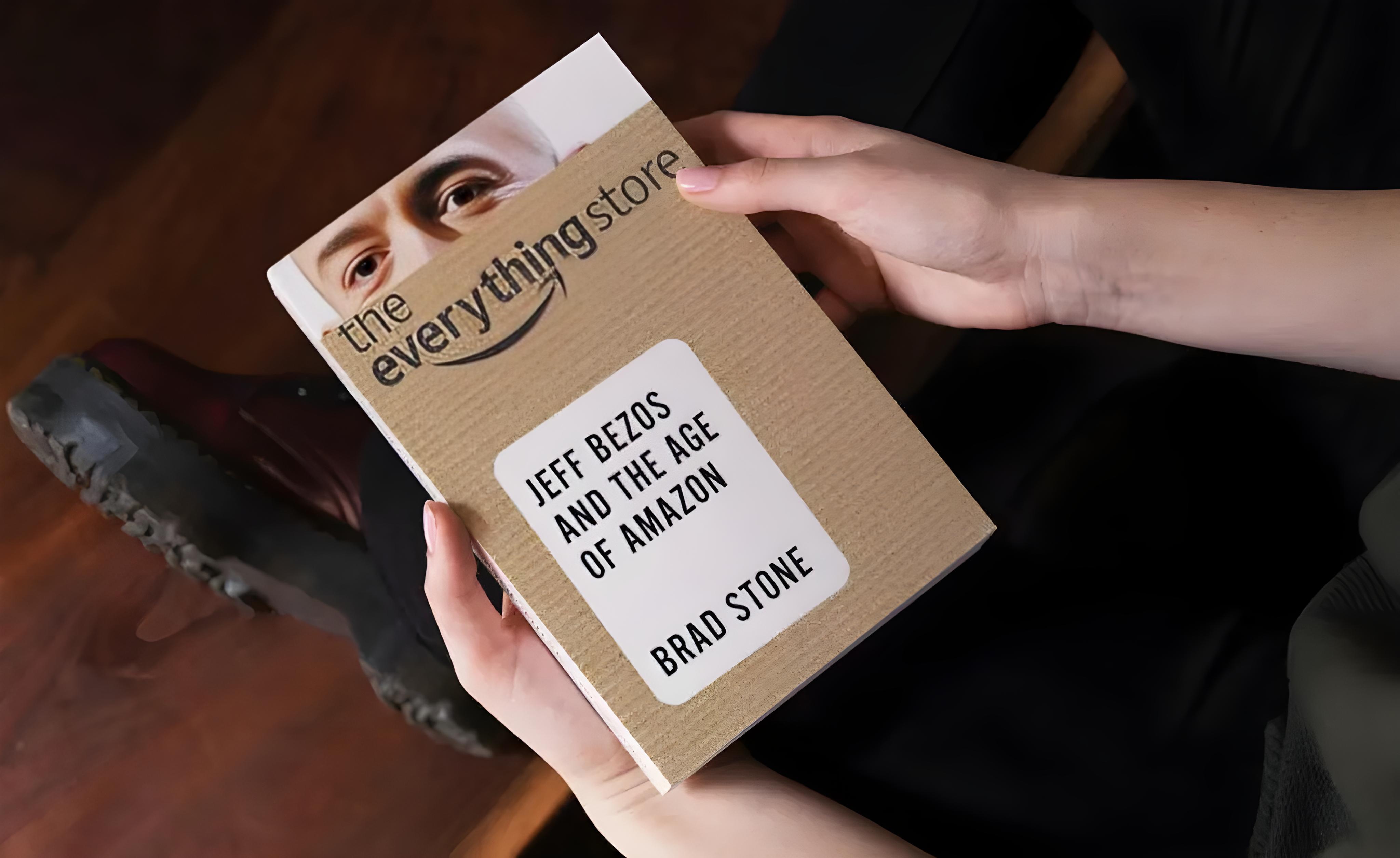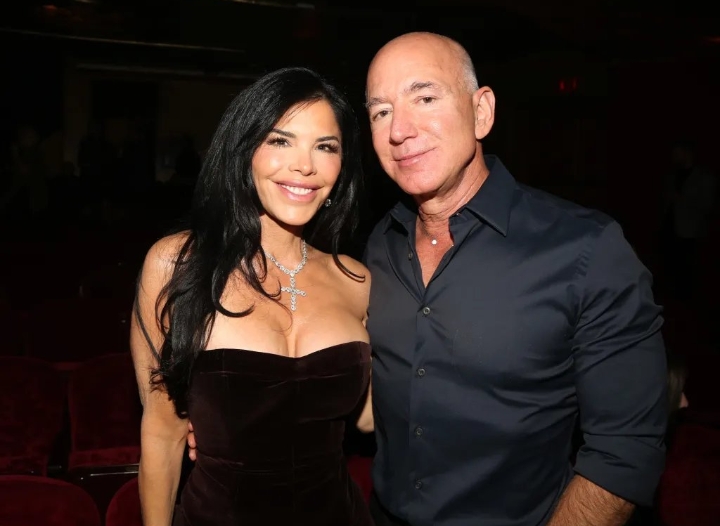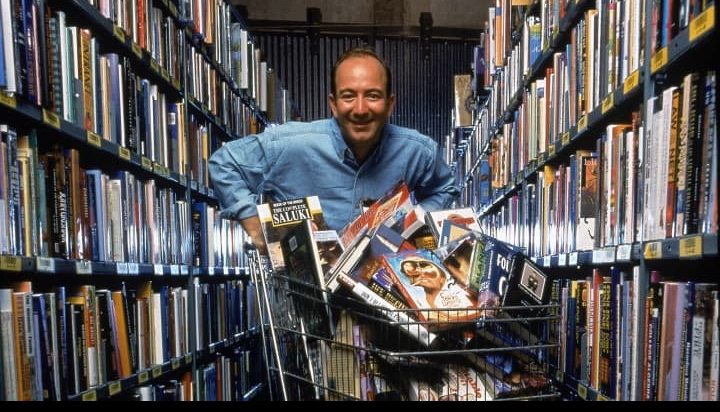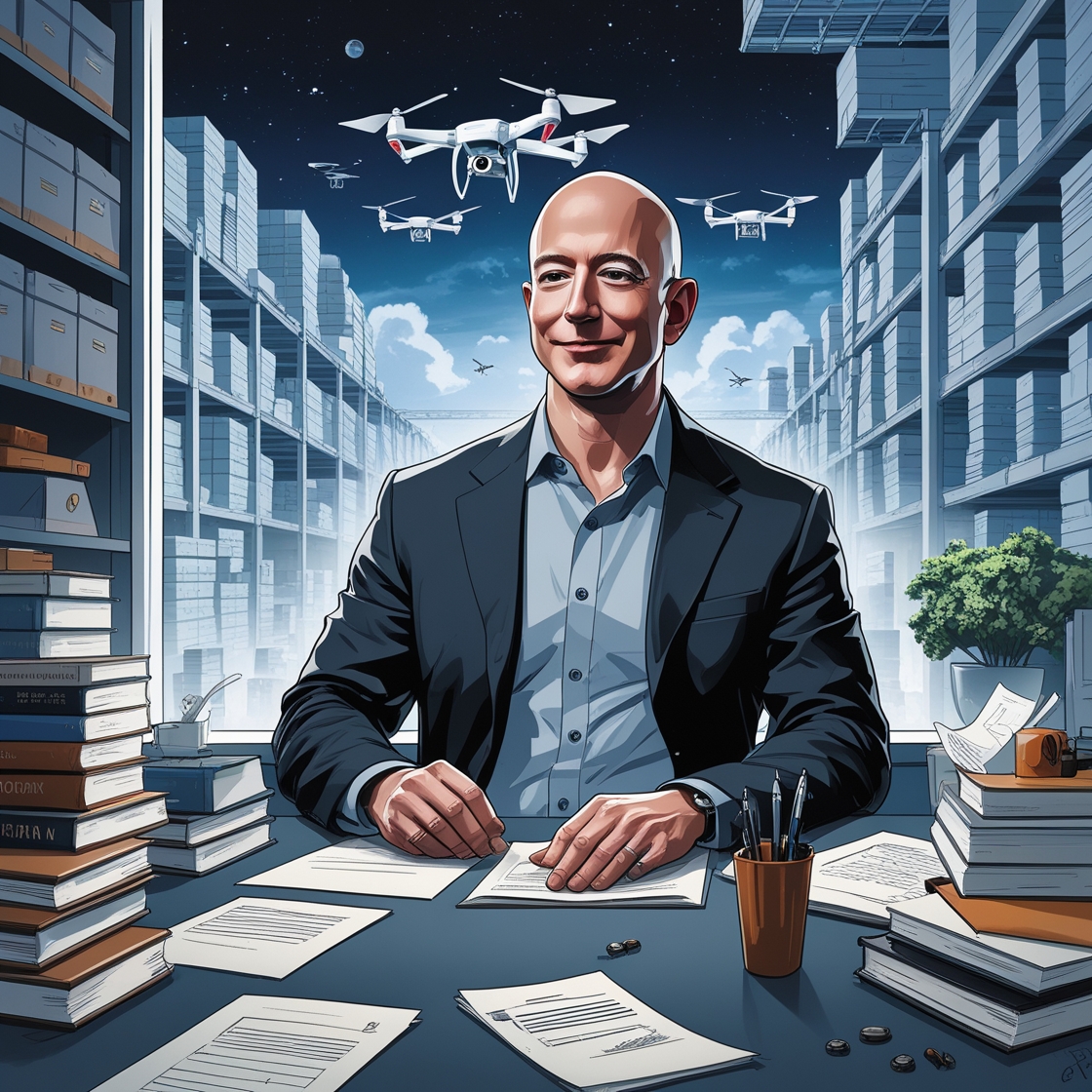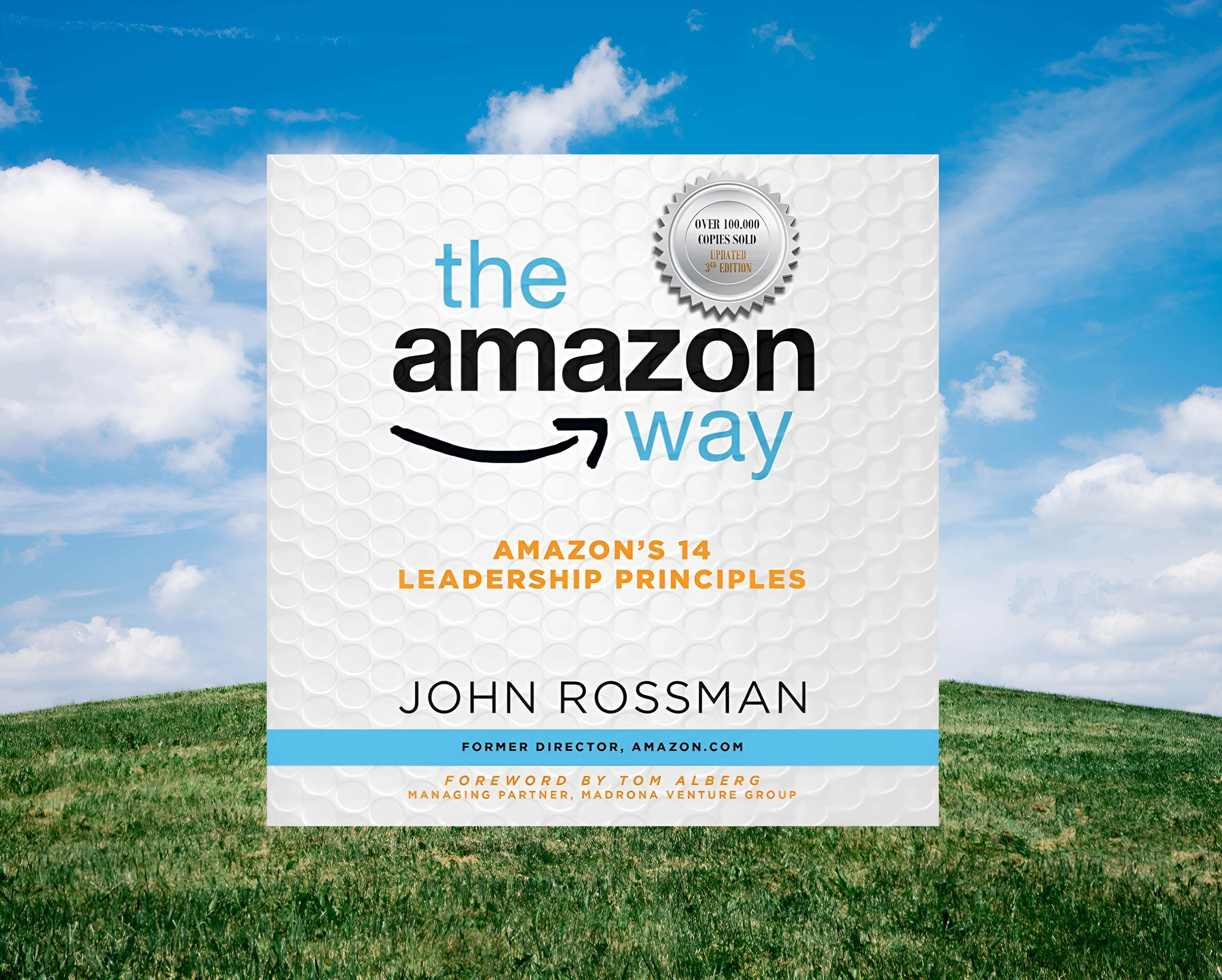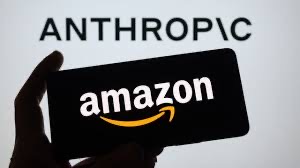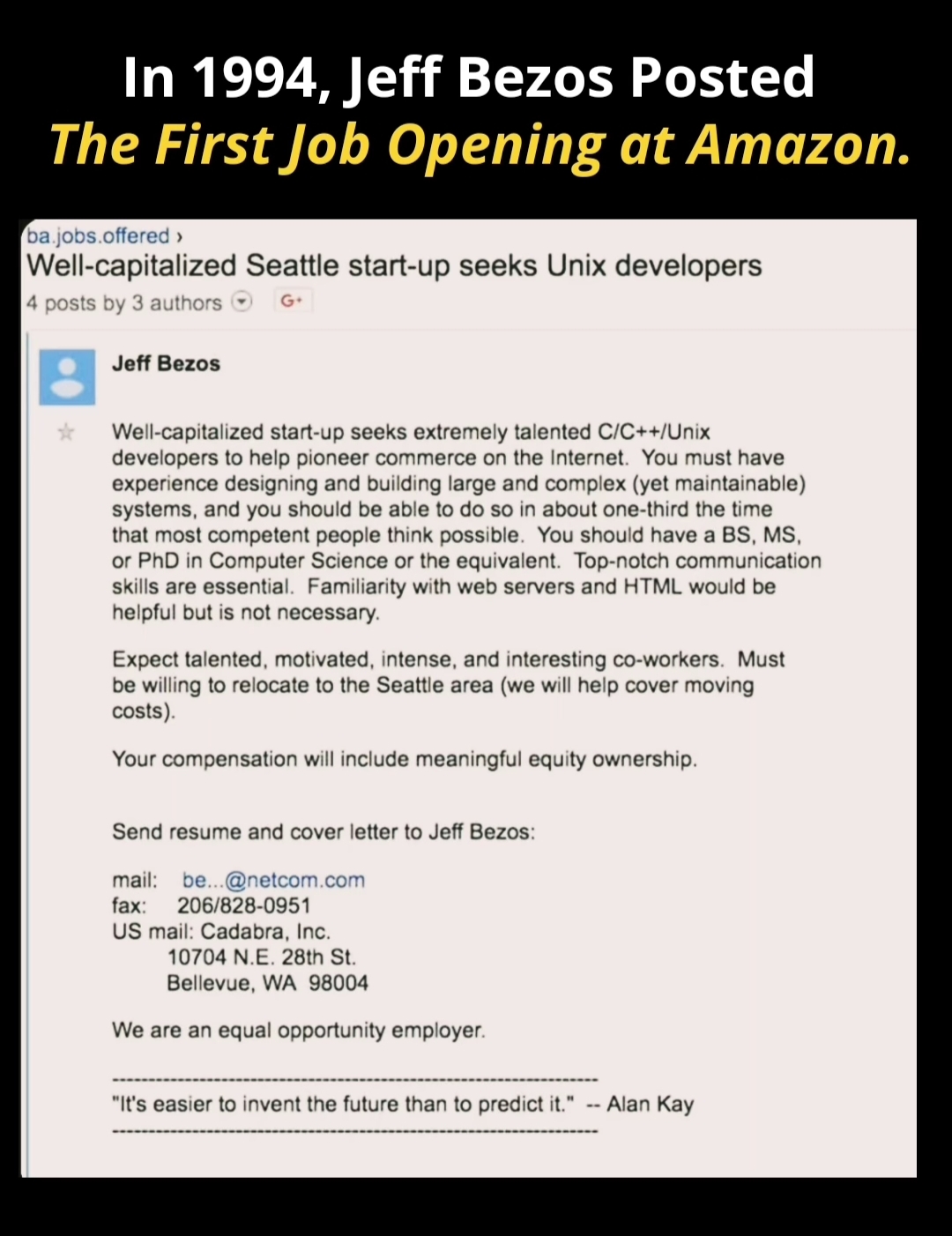Back
Anonymous
Hey I am on Medial • 1y
14. Relentless Drive for Efficiency: Bezos prioritized automation and efficiency in operations, pushing for faster delivery times and optimizing Amazon’s vast logistics network to maintain a competitive edge. 15. Workplace Culture: Amazon’s culture is described as demanding and intense, where performance is highly scrutinized, and employees are expected to push boundaries. This has contributed to Amazon's aggressive growth but also sparked controversy. 16. Building AWS: Amazon Web Services (AWS) became a massive part of Amazon’s business by providing cloud computing services, which now powers much of the internet and generates significant revenue for the company. 17. Bezos’ Leadership Style: Bezos’ leadership is characterized by a high tolerance for failure, willingness to experiment, and focus on the customer. He is known for being direct, detail-oriented, and unafraid of making bold bets on the future. 18. Working Backward from the Customer: Bezos often asked his teams to start with the customer’s needs and work backward to develop products and services. This ensured that innovation was always aligned with customer satisfaction. 19. High-Velocity Decision Making: Bezos emphasized the importance of making decisions quickly. He advocated for “disagree and commit,” where teams could move forward with decisions even if there wasn’t full consensus, helping Amazon maintain agility. 20. Day 1 Philosophy: Bezos promoted a “Day 1” mindset, meaning Amazon should always operate like a startup, staying nimble, innovative, and focused on growth. He warned against complacency (Day 2) that could lead to stagnation and decline. 21. Experimentation and Failure: Amazon took big risks, many of which failed (e.g., Fire Phone), but Bezos embraced failure as a necessary part of innovation. He saw each failure as a learning opportunity. 22. Horizontal and Vertical Integration: Amazon invested in both horizontal (expanding into new product categories) and vertical integration (building out its own infrastructure, like fulfillment centers and delivery services) to control more of the supply chain and customer experience. 23. Personal Involvement in Big Projects: Bezos often personally oversaw key projects, like the development of the Kindle and Amazon Web Services (AWS), ensuring they aligned with his long-term vision for the company. 24. Focus on Long-Tail Products: Bezos recognized that Amazon could be profitable by offering niche, less popular products (the "long tail") alongside bestsellers, thanks to its vast inventory and efficient fulfillment system. 25. Machine Learning and AI: Amazon invested heavily in machine learning and AI to improve recommendations, automate warehouses, and power Alexa, positioning itself as a leader in AI-driven commerce.
More like this
Recommendations from Medial
Pratik Raundale
Cloud Devops Enginee... • 5m
I'm thrilled to announce that I am now a proud member of the AWS Educate Emerging Talent Community! 🎉 AWS Educate is a global initiative to provide students and learners with the resources, training, and certification needed to grow in the world of
See More
DIVYANSHU MHATRE
Work on your ideas • 1y
Jeff Bezos emphasizes the value of focusing on what won't change: At Amazon, the commitment to low prices, fast delivery, and vast selection is timeless. By concentrating on these constants, businesses can invest in improvements that continuously en
See MoreDownload the medial app to read full posts, comements and news.



